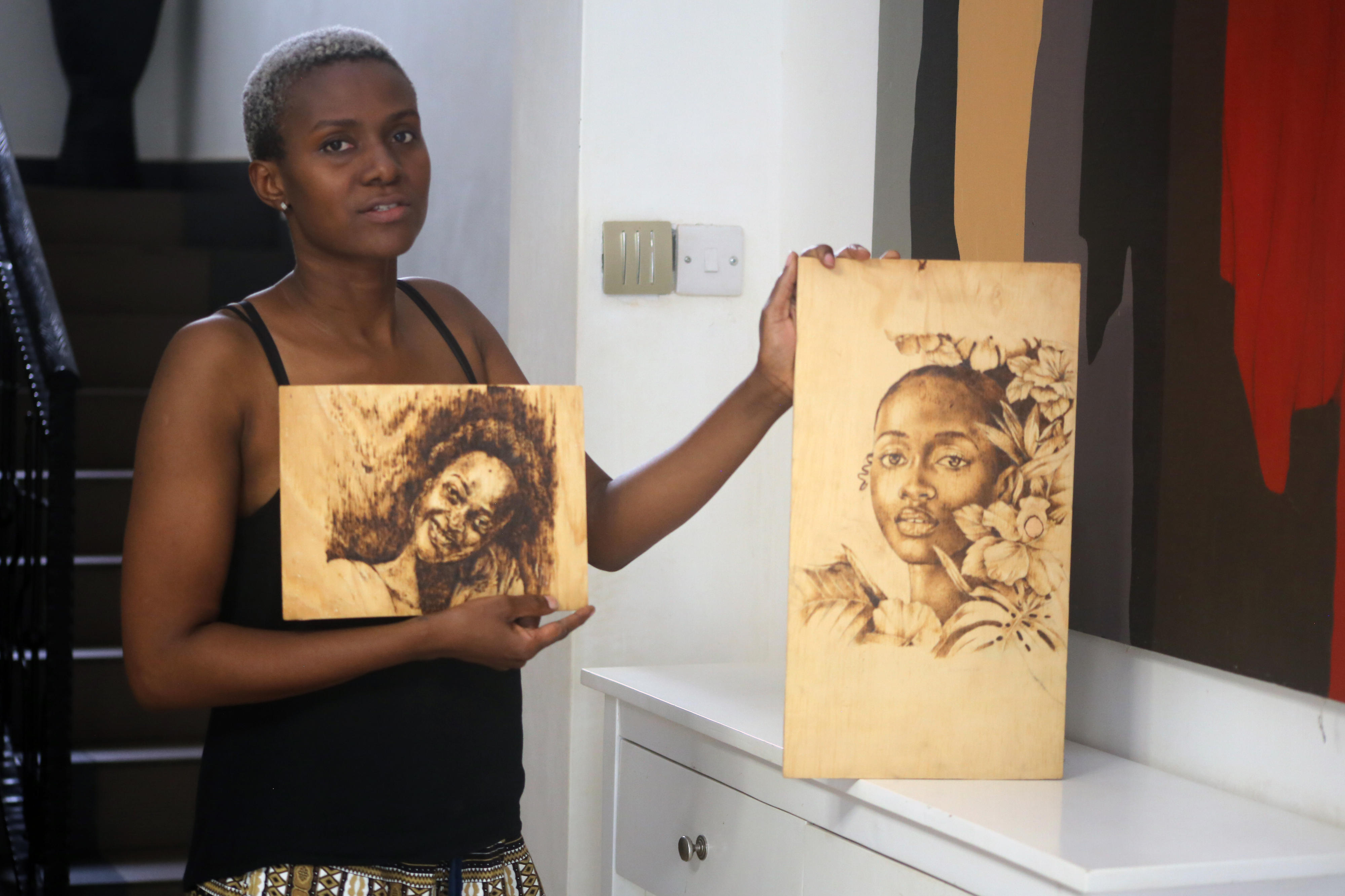Why is art expensive?

What you need to know:
For many Ugandans, art comes off as a luxury; it does not make a lot of sense to have more than Shs1 million pinned on a wall. For others, art is simply too expensive and rarely functional. But it is not just in Uganda that art collectors are a rare species; they are rare across the globe
Whenever there is an art exhibition at Xenson Art Space, Afriart Gallery, or Nommo Gallery, one thing always stands out about the audience. There are artists who look at and admire the exhibiting artist’s work, journalists, who are covering the exhibition, and people who appreciate art.
Some of these only show up to appreciate art, but others actually collect art; they spend money on art, and they are the reason you will find one of the art works in an exhibition marked.
Collectors are a rare species for the local art scene; they are the reason some seasons are good or bad to have an exhibition. Collectors pay their hard-earned money for art; they value art, something most local people do not.
This perhaps explains why most of the time collectors are foreign or well-travelled Ugandans, who at times book the works after seeing pictures of the exhibition online.
A curator, for instance, says you do not want to announce an exhibition when the possible collectors (read expatriates) have gone home for the summer holiday. The reason most Ugandans do not buy art is because for some, it is a luxury; it does not make a lot of sense to have more than Shs1 million pinned on a wall. For others, art is simply too expensive and rarely functional. But it is not just in Uganda that art collectors are a rare species; they are rare across the globe.
In fact, part of the reason the art world is mysterious has something to do with the pricing. Nothing sparks public debate and astonishment in art like the price tags on modern art pieces.
Sometimes, especially for paintings, it is a random painting arranged in ways some people may even consider ugly; other times someone simply signed an empty canvas with their name, and yet these pieces command millions of shillings or thousands of dollars.
Which leaves many asking themselves, Why is art so expensive? Many have argued that art is usually priced based on respect, prestige, and history of the artist.
So what makes contemporary art very expensive?
Works of historically renowned artists such as Leonardo Da Vinci or modern painters and legends such as Ai Weiwei, Jeff Koons, or Damien Hirst are highly priced because of reputation and significance, among other things.
Leonardo Da Vinci’s Mona Lisa is valued at $1 billion, for instance, but why?
Philip Balimunsi, a curator at Nommo Gallery in Nakasero, says contemporary art is not actually the most expensive art, but explains why it is still expensive.
“Contemporary art utilises rare materials, stories, and media that are difficult to find or even execute into the finer details required to achieve the objective of its creation,” he says.
While speaking with the Daily Monitor at the beginning of the year, artist Ronex Ahimbisibwe noted that there are many players between the process of creating art and art eventually being bought by a collector.
He said many times, artists, especially those starting out, sell their work to potential collectors cheaply; sometimes, after the work leaves the hands of the artists, they take on a different monetary form.
That’s mainly because it will be transported, insured, and conserved, which will all impact the final price one will see on the price tag.
Balimunsi also says that contemporary artists usually work as collectives or as a community, “which extends copyright to many co-creators. Even when the artwork may be owned by an individual artist, the community has to be compensated.”
He also adds that contemporary artworks use extremely complex or rare materials that artists spend fortunes to perfect their execution.
However, there are many other factors that determine the price tags. Balimunsi says some works are commissioned, and thus, the platform commissioning tends to set the price.
Even festivals such as the Venice Biennale or the Bucharest Biennale play a big role in what is on the price tag by the time the art is being exhibited.
Besides all these, though, art in the long-run has evolved in its societal role.
It’s no longer just about aesthetics or the artist’s message; it has become a veritable symbol of status and wealth.




